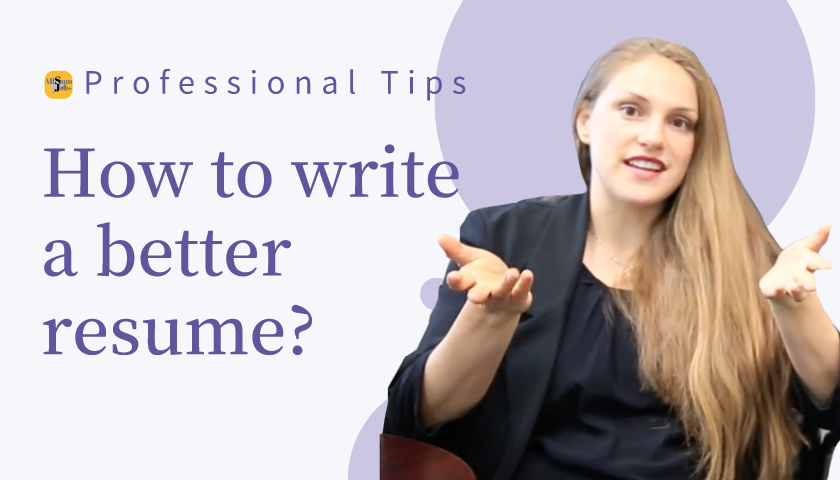Learn how to Make Your Resume Stand and Network on LinkedIn
First, it’s important to have a solid resume and LinkedIn profile when you’re looking for employment. Resume building can be a little difficult. Essentially, you need to squeeze a lot of information about your previous employers and educational institutions onto one page. LinkedIn allows you to do a little more, elaborating on skills and experience in an easier-to-browse way.
We asked Andrew and Angela about resume building and LinkedIn profiles. They gave similar but differing views on the topic.

